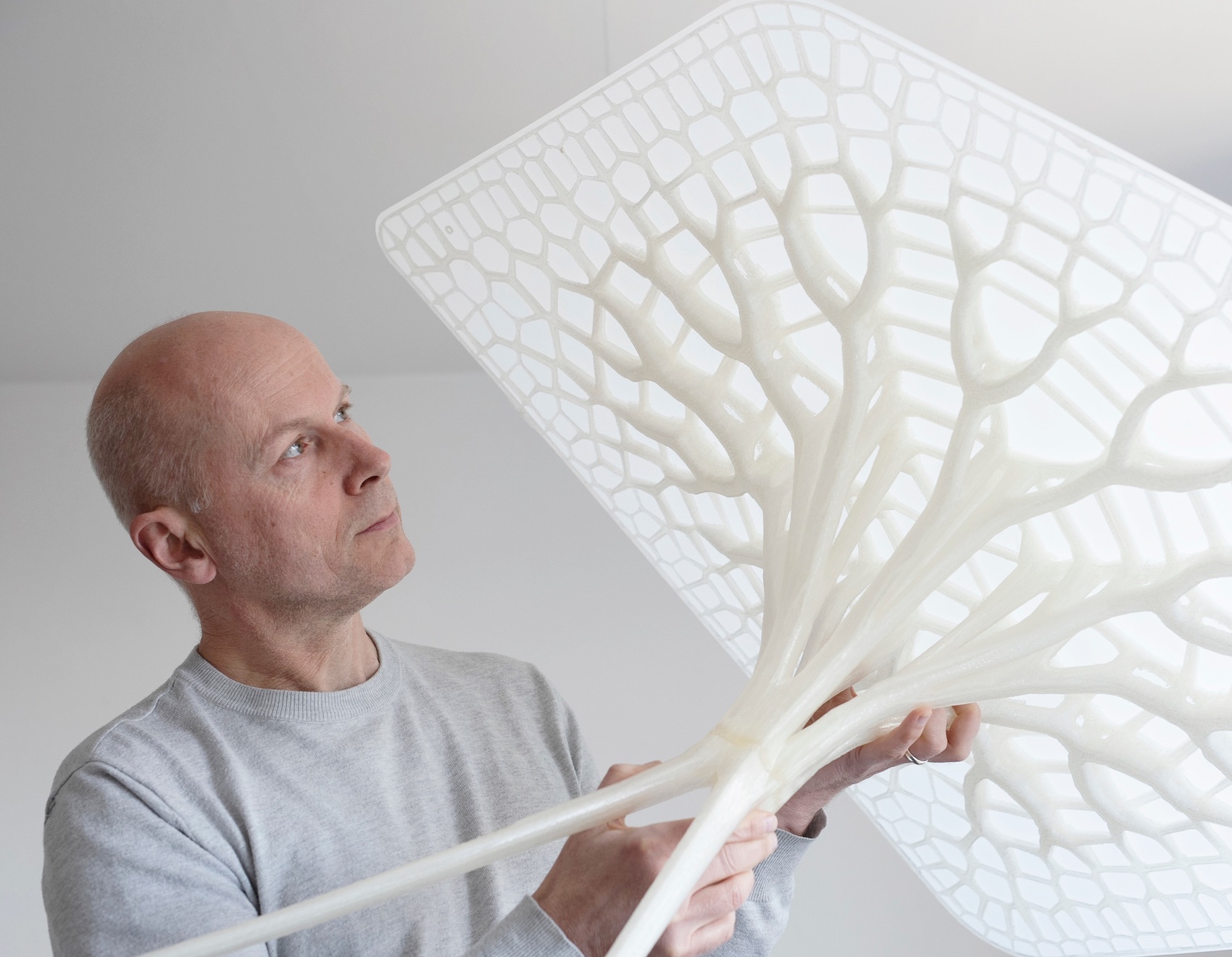AT chats to… Michael Pawlyn about post-apocalyptic London, the Regenerative Architecture Index and encouraging clients to focus on their long-term legacy.
What is Exploration working on at the moment?
We’ve got some really nice clients. We’re working for Vivobarefoot, who make shoes, and in addition to being very committed to regenerative design they are committed to biologically-inspired design. We’re also collaborating with an artist/filmmaker Ben Rivers on a post-apocalyptic film called After London. I’m not generally a person who indulges with apocalyptic scenarios – nearly everything I do tries to avoid this – but we’re finding that the kinds of methods and materials we might use in this scenario are relevant to regenerative design; so locally based materials and simple ways of assembling them. Also, Ben and I have thought quite a lot about the kind of social norms that might exist in that situation. For example, we’ve played with the idea that burning anything would probably seem taboo, so we’re looking at focussing sunlight into an insulated rock store so that when you need a bit more heat you take home a hot rock.
How does your work at Exploration relate to your work at Architects Declare?
A big part of the motivation behind Architects Declare was a frustration around developing regenerative design projects on paper and being repeatedly told that the market wasn’t ready for these ideas. When the IPPC said that we had ten years left to avert calamity it became ridiculous. How can I be told repeatedly that the market isn’t ready when the best scientists in the world say we’re running out of time? I decided to collaborate with others to try and change the market, which led to two collaborations One was Flourish, the book I wrote with Sarah Ichioka. The other, Architects Declare, came out of an evening in the pub with Steve Tompkins, and a determination to use our agency to try and change things.
How does the Regenerative Architecture Index fit into AD’s overall strategy for change?
Since the beginning we’ve been focused on systems change, based on the realisation that some of the changes we need are impossible to realise at the level of an individual company or project. So we’ve been trying to bring the power of our signatories to bring about a major paradigm shift, with initiatives like Building Blocks to Transform the Built Environment, a manifesto which is about to be launched at Portcullis House. Our theory of change builds on Donella Meadows’ system thinking, which identifies the different places at which you can intervene in the system to have the most profound effect. The most influential leverage points are to influence the mindset and paradigm that drive the system and the goals that drive system behaviour. The Regenerative Architecture Index sets out to recognise and celebrate those who are making progress at both of those levels.
What would you say are the biggest obstacles to practising regenerative architecture and do you have any thoughts as to how these obstacles can be overcome?
I’m certain that regenerative design has to be a lot more than just sustainability with the knobs turned up. So getting clients on board at the beginning is even more important, as it requires significant changes in mindset. Our Regenerative Design primer includes some suggestions as to how you can go about engendering a different mindset with the design team and with the client. There’s a very useful exercise that promotes long-term thinking by encouraging people to focus on how to be good ancestors. We’ve used this strategy successfully with a range of clients, including one who was really quite conservative, When it comes down to it, very few people would say they want their long-term legacy to be degenerative. They key thing is to help them to focus on what they want their legacy to be.
Source: Architecture Today

